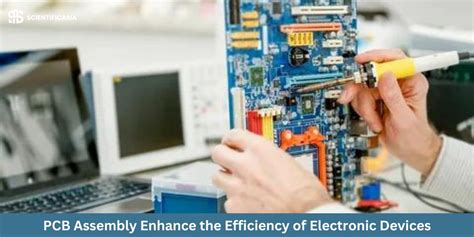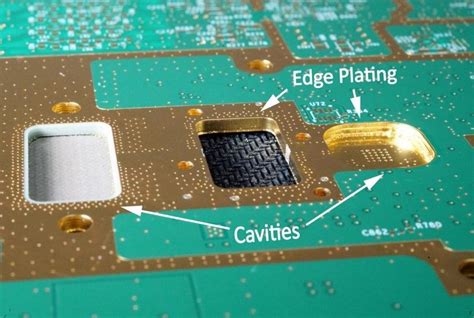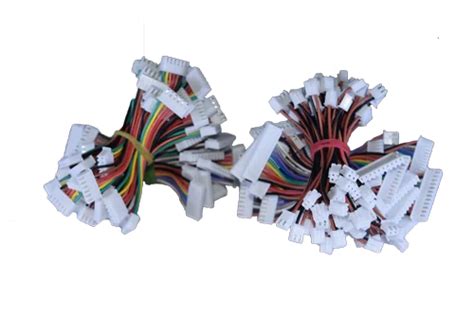How to Control PCB Assembly Costs: A Comprehensive Guide
Introduction
Printed Circuit Board (PCB) assembly is a critical process in electronics manufacturing that can significantly impact the overall product cost. As competition intensifies in the electronics industry, manufacturers are constantly seeking ways to optimize their PCB assembly processes to reduce expenses without compromising quality. This article explores practical strategies to control PCB assembly costs throughout the product lifecycle, from design to final production.
1. Design for Manufacturability (DFM)
1.1 Optimize Board Size and Layer Count
One of the most effective ways to control PCB assembly costs begins at the design stage. Reducing the board size to the minimum functional requirement directly decreases material costs. Similarly, minimizing the number of layers in multilayer boards can lead to substantial savings, as each additional layer increases both material and processing costs.
1.2 Standardize Components
Using standard, readily available components rather than custom or specialized parts can significantly reduce costs. Designers should:
- Select components with common package sizes
- Avoid obsolete or end-of-life parts
- Use components from multiple vendors to prevent single-source dependencies
- Consider alternative parts with similar functionality but lower cost
1.3 Simplify Assembly Requirements
Complex assembly requirements increase time and cost. Designers should:
- Minimize the number of unique components
- Reduce the variety of component packages
- Avoid mixed technology boards (through-hole and SMT) when possible
- Design for automated assembly processes
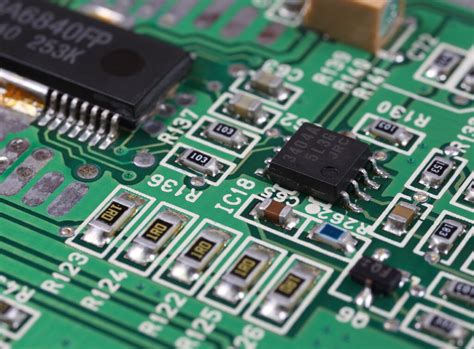
2. Material Selection Strategies
2.1 PCB Material Optimization
The choice of PCB substrate material significantly impacts cost:
- Use standard FR-4 material unless high-frequency or thermal requirements dictate otherwise
- Consider cheaper alternatives for non-critical layers in multilayer boards
- Optimize copper weight – heavier copper is more expensive
- Avoid special materials unless absolutely necessary for performance
2.2 Component Sourcing
Strategic component sourcing can yield substantial savings:
- Establish long-term relationships with reliable suppliers
- Consider volume purchasing for common components
- Evaluate alternative suppliers for cost reduction
- Monitor component market trends to anticipate price fluctuations
- Consider using refurbished or reclaimed components for non-critical applications
2.3 Inventory Management
Effective inventory management prevents costly delays and last-minute purchases:
- Implement just-in-time (JIT) inventory systems
- Maintain appropriate safety stock for critical components
- Use vendor-managed inventory programs when available
- Track component lifecycles to avoid obsolescence issues
3. Manufacturing Process Optimization
3.1 Panelization
Maximizing the number of boards per panel reduces handling costs:
- Design boards with panelization in mind
- Use standard panel sizes to avoid custom tooling
- Implement efficient board breakaway methods (v-score, tab routing)
- Consider sharing panels with other projects when possible
3.2 Process Efficiency
Streamlining the assembly process reduces labor and time costs:
- Optimize pick-and-place machine programming for minimal movement
- Standardize solder paste application processes
- Implement automated optical inspection (AOI) to reduce manual inspection
- Use statistical process control to minimize rework
3.3 Technology Selection
Choosing the right assembly technology affects cost:
- Surface mount technology (SMT) is generally cheaper than through-hole
- Consider reflow soldering over wave soldering when possible
- Evaluate the cost-benefit of advanced technologies like press-fit or conductive adhesive

4. Volume Considerations
4.1 Economies of Scale
Higher volumes typically lead to lower per-unit costs:
- Negotiate volume discounts with suppliers
- Combine orders with other projects to increase purchasing power
- Consider batch processing to optimize machine setup times
4.2 Prototyping vs. Production
Different strategies apply at different production stages:
- Use cheaper prototyping services for initial verification
- Transition to production-optimized processes as volumes increase
- Consider bridge tooling for medium-volume production
4.3 Flexible Order Quantities
Adapt order quantities to market demand:
- Implement just-in-time manufacturing to reduce inventory costs
- Use demand forecasting to optimize production schedules
- Consider partial shipments to balance inventory and production costs
5. Quality Control and Testing
5.1 Prevention vs. Correction
Investing in quality prevention is cheaper than fixing defects later:
- Implement robust process controls
- Train operators thoroughly
- Use statistical methods to identify potential issues early
- Conduct regular equipment maintenance
5.2 Test Strategy Optimization
Testing is necessary but can be expensive:
- Design for testability (DFT) to simplify testing
- Use automated testing when volumes justify the investment
- Implement appropriate test coverage – not every board needs 100% testing
- Consider sample testing for high-volume, low-complexity boards
5.3 Rework Reduction
Minimizing rework saves both time and materials:
- Identify and address common failure modes
- Implement root cause analysis for recurring issues
- Standardize rework procedures to minimize additional damage
- Track rework costs to identify improvement opportunities
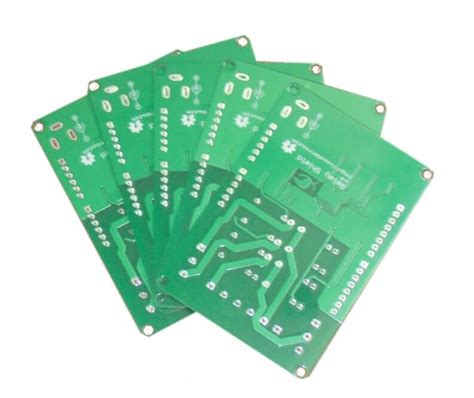
6. Supply Chain Management
6.1 Vendor Selection and Management
Strategic vendor relationships can reduce costs:
- Qualify multiple vendors for critical components
- Negotiate contracts with cost reduction provisions
- Implement vendor performance metrics
- Consider local suppliers to reduce logistics costs
6.2 Logistics Optimization
Transportation and handling contribute to total cost:
- Consolidate shipments to reduce freight costs
- Optimize packaging to minimize dimensional weight charges
- Consider alternative shipping methods based on urgency
- Negotiate favorable terms with logistics providers
6.3 Risk Management
Supply chain disruptions can be costly:
- Develop contingency plans for critical components
- Maintain alternative supply sources
- Monitor geopolitical and market factors affecting supply
- Consider safety stock for long-lead-time items
7. Continuous Improvement
7.1 Cost Tracking and Analysis
You can’t control what you don’t measure:
- Implement detailed cost accounting for assembly processes
- Break down costs by category (materials, labor, overhead)
- Identify cost drivers and prioritize improvement efforts
- Benchmark against industry standards
7.2 Lean Manufacturing Principles
Eliminate waste throughout the process:
- Implement 5S methodology for workplace organization
- Identify and reduce non-value-added activities
- Streamline material flow
- Empower employees to suggest improvements
7.3 Technology Adoption
Strategic technology investments can reduce long-term costs:
- Evaluate automation opportunities
- Implement manufacturing execution systems (MES)
- Use predictive maintenance to reduce downtime
- Adopt Industry 4.0 technologies where justified
Conclusion
Controlling PCB assembly costs requires a holistic approach that considers the entire product lifecycle. By implementing strategic design practices, optimizing manufacturing processes, managing the supply chain effectively, and fostering continuous improvement, electronics manufacturers can significantly reduce their PCB assembly expenses without sacrificing quality. The most successful companies view cost control not as a one-time effort but as an ongoing process that evolves with technology, market conditions, and customer requirements. Remember that the lowest initial cost doesn’t always translate to the best total cost of ownership—wise investments in quality, reliability, and efficiency often yield greater long-term savings.




